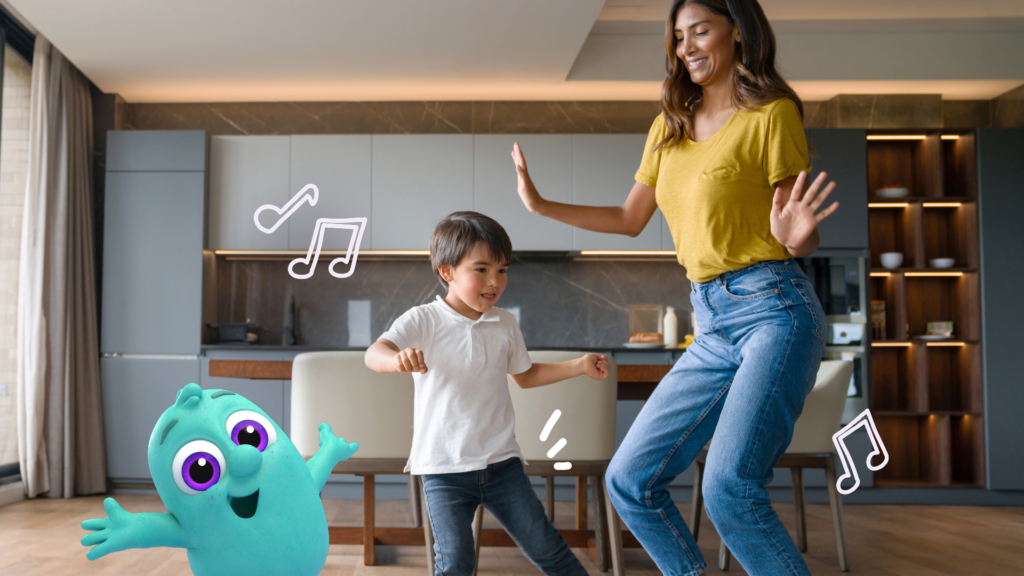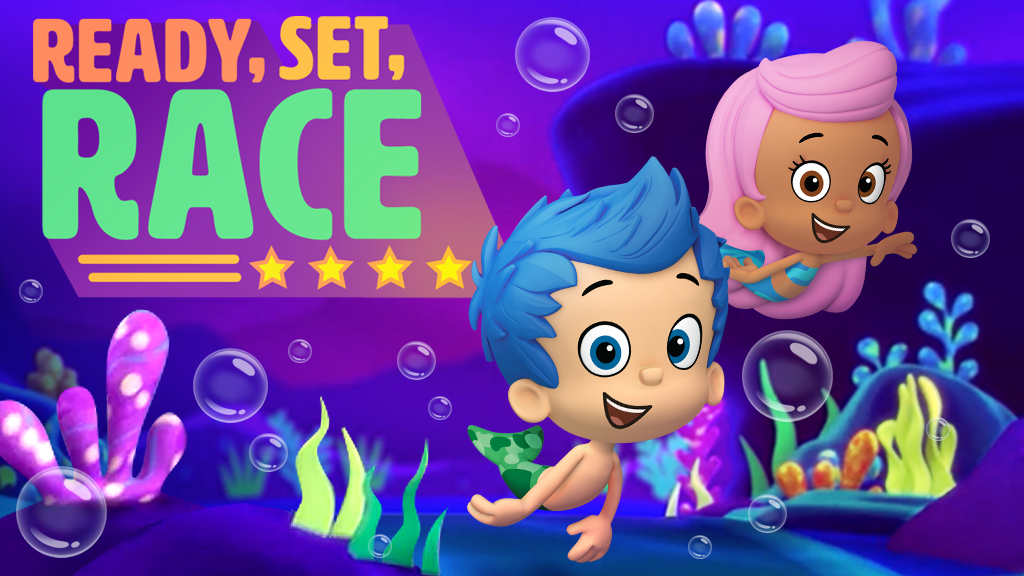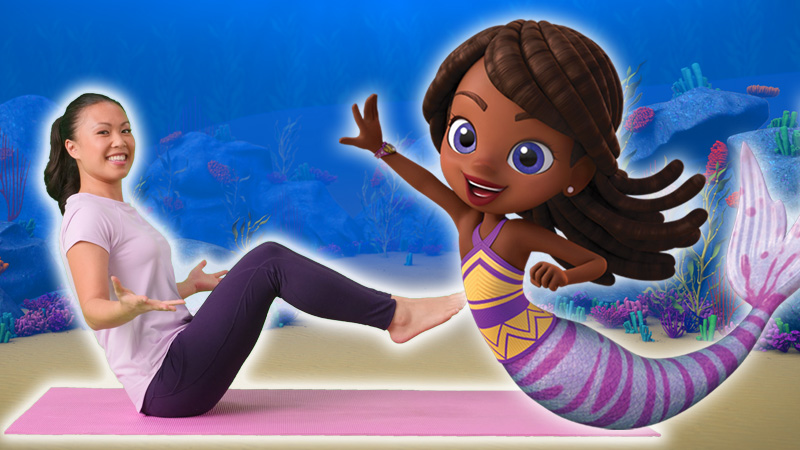- Healthy Habits
How Movement Keeps Kids’ Brains Engaged
How movement improves executive function skills
Talking with Dr. Stephanie M. Carlson, Ph.D., developmental psychologist and professor at the Institute of Child Development, University of Minnesota

Most parents know that movement boosts mental wellness, builds healthy habits, and provides a fun way to shake sillies out. But did you know that research shows that movement also has a positive impact on kids’ executive function (EF) skills?
Executive function refers to the ability to hold information in our minds, control impulses, and think flexibly. These skills play a critical role in building friendships, kids’ physical and mental wellness, and their school readiness. While our EF skills continue to develop through early adulthood, evidence shows these skills start to take shape and improve dramatically in young children ages two through six.
Studies indicate that both fine motor skills, which use the smaller muscles of the hands and wrists (clapping hands, turning book pages, gripping crayons), and gross motor skills, which use the larger muscles of the arms, legs, and torso (running, jumping, climbing), are correlated with executive function. Strong early motor skills lead to better opportunities to learn EF skills, and physical activity can help toddlers stay engaged to work on these skills.
Embrace the fun! Playful settings motivate kids to stick with activities that build EF skills. Here are three more ways movement benefits our active little learners:

Builds Memory Skills
Learning a new activity – such as a sport, dance move, or rules to a game – requires EF skills. Needing to pay attention to new rules and coordinate between different parts of their body can build kids’ concentration and memory. They hold on to this information to work on it and remember it over time. For instance, throwing and catching a ball or aiming for an intended target involves great focus. And learning to skip, leap, or slide requires kids to activate additional coordination – involving EF skills like planning and problem-solving.
You can promote EF skills as early as infancy! Encourage your baby to move and reach for a book or toy to build their motor skills, or develop their working memory by playing hide-and-seek. When our little learners develop new skills through movement, it can grow their self-confidence, patience, and persistence.
Watch Together and Dance with Noggin: Dance Squad with Ailey: Bop to Ballet
As Dance Squad’s instructor Keith says, “Movement has meaning when we dance what we’re feeling.” Learn a new move together, and dance it out!

Develops Their Self-Control
Executive function is embedded in everyday activities for kids. For example, the popular movement game “Simon Says” is not only engaging and fun, but kids practice EF while playing to listen attentively, follow directions, recall how to hop on one foot or point to their nose, shift attention to a new task, and demonstrate self-control to only act when “Simon Says.” Through this game they also practice EF as they attempt to self-regulate, follow instructions, and wait their turn.
Team sports also help kids with EF. Kids often need to pause, reflect, consider their next move, and think about the outcome, which requires them to suppress a response and test their inhibitory control. Plus, considering how their actions will impact their teammates and other players builds social and emotional skills, such as empathy.
Watch Together and Move in Noggin: Ready, Set, Race: Oceans
Incorporate movement or “brain breaks” as part of your family routine throughout the day!

Helps Kids Think Flexibly
Pretend play through imagination can significantly improve kids’ ability to think flexibly, persist at tasks, and manage emotions. The same is true for play through movement! In tennis, for example, a player needs to assess information, shift between multiple movements, and rapidly switch between possible outcomes as they watch the ball move across the court. These processing strategies make children flexible and able to adapt when things change.
Watch Together and Move in Noggin: Yoga Friends: Ocean Yoga!
A flexible body leads to a flexible mind! Dive deep into the ocean with Stephanie and Lorelai for some ocean yoga!
Learn more about Improving Executive Function Skills in Kids.
See What Kids Learn with Noggin

Discover Your Child's Favorites

Give Noggin a Try
Kid-safe & ad-free
Accessible on multiple devices
New content added weekly
Downloadable books & games for offline play
Kid-safe & ad-free
New content added weekly
Accessible on multiple devices
Downloadable books & games for offline play





